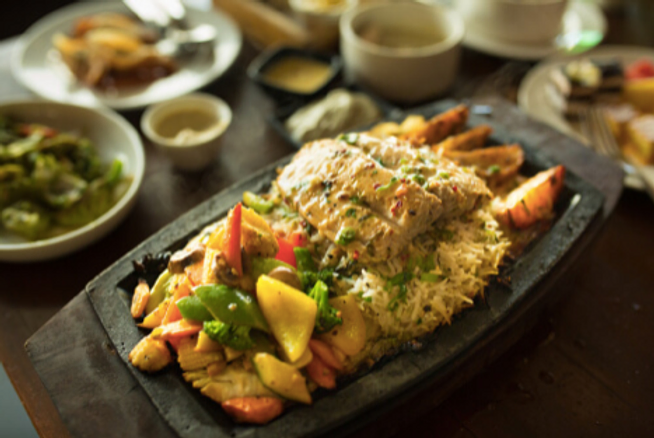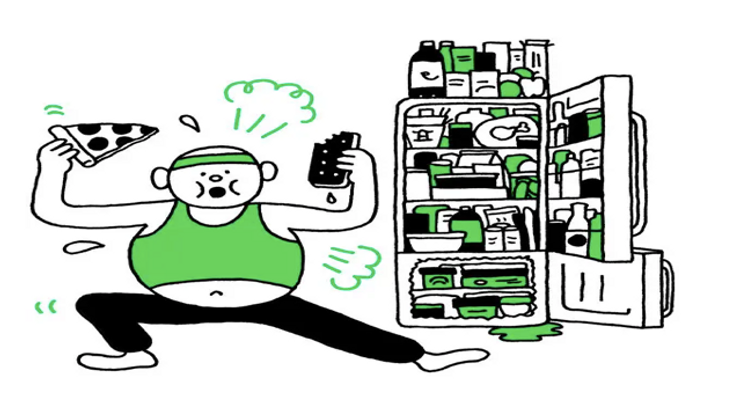Care or comfort for yourself. What will you choose?
How will you define “taking care of yourself”. Create a new self-care practice today. Observe your comfort level when it comes to being you. Discomfort is a wise teacher. -ByCaroline Myss & Peter Occhiogrosso We humans are always fond of showing compassion, bonding, and kindness …
Knowing Your Dad: The “Yes Man”
Quote: A good father is one of the most unsung, unpraised, unnoticed and yet one of the most valuable assets of society – Billy Graham With the fast-changing world, today’s fathers are changing and adapting to the changes very fast. From helping in the kitchen …
Sizzlers for your Monsoon mood: Turyaa Way!!!
Monsoons are called in with lush greens, cool breeze and the temptation to try something hot and tasty. We always go the traditional way of making some tasty, crispy, hot pakoras or samosas to go with our favourite cup of Masala chai. We all have …
Don’t let your pain stop you from dancing in the rain!
Results from the research done by Project on Osteo-Arthritis ( joint pain ) say that 67.2% of the patients with osteoarthritis have perceived an increased pain with the changing season. The results also conclude that women are more prone to seasonal change sensitivity when compared …
आलस …मोटापे के साथ आने वाला बिन बुलाया मेहमान।
मोटापे के साथ आने वाला या दिखाई देने वाला सबसे बडा दुर्गुण हैं “आलस”। या फिर ऐसा भी बोल सकते है की ये ‘अंडे और मुर्गे’ जैसा हैं । किसका नंबर पहले है ये मालुम नही हैं । इस आलस दुर्गुण के बारे में बहुत …










